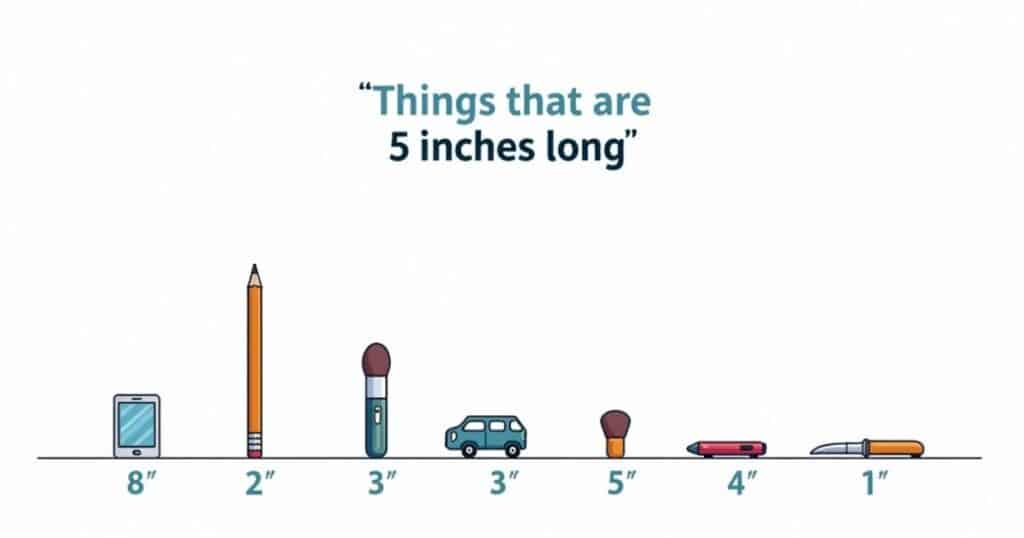Have you ever glanced at a ruler and wondered how that seemingly ordinary 12-inch measurement shapes our world? Whether you call it a foot or 30.48 centimeters, this length has woven itself into our daily lives in ways we barely notice.
From the vinyl records that revolutionized music to the standard rulers sitting in students’ pencil cases, the 12-inch measurement serves as a foundation for countless objects we interact with daily.
How Long Is 12 Inches?
Twelve inches equals exactly one foot in the imperial measurement system. If you’re struggling to visualize it, stretch out your hand and extend the distance between your thumb and pinky finger as wide as possible – for many adults, this span (called a “hand span”) measures about 8-9 inches.
Add a few more inches, and you’ve got yourself a foot. Alternatively, it’s roughly the length of a standard piece of paper (11 inches) plus a bit more.
In everyday situations, knowing what measures 12 inches can help with estimating dimensions without tools, making shopping decisions, and tackling DIY projects with confidence.
Common Objects That Measure 12 Inches
Standard Rulers

The quintessential 12-inch ruler sits in desk drawers and school backpacks worldwide. These humble measuring tools have maintained their consistent length for centuries, making them one of the most reliable references for the foot measurement.
Standard rulers typically feature both imperial and metric measurements, with inches on one edge and centimeters on the other. They’re made from plastic, wood, or metal, with modern variations including bendable or foldable versions for specialized uses.
The 12-inch length wasn’t chosen randomly – it represents our historical need for a human-scaled measuring tool. The foot as a measurement dates back to ancient civilizations who used actual human feet as measuring devices. Though the exact length varied between cultures, the standardization eventually settled on the 12-inch foot we know today.
I bet you didn’t know that the oldest surviving measuring rod, the Bronze Yard of England, dates back to 1445 and helped standardize the foot measurement across the British Empire, influencing measurement systems worldwide.
Vinyl Records

Those circular music vessels that hipsters and audiophiles treasure typically span exactly 12 inches in diameter. This standardized size emerged in the late 1940s when long-playing records (LPs) were introduced by Columbia Records.
The 12-inch diameter allowed for longer playing times (initially about 23 minutes per side) compared to earlier 10-inch records. The larger surface area accommodated more grooves, revolutionizing how much music could fit on a single record. This innovation changed the music industry forever, enabling the concept of the “album” as we know it.
The 12-inch size struck a perfect balance: large enough to hold substantial amounts of music while remaining manageable for handling and storage. Even in our digital age, new vinyl records continue to be produced at this exact size, honoring a tradition that has lasted over 70 years.
In recording studios, DJs sometimes refer to the “12-inch sweet spot” – the outer edge of the record where the grooves are less compressed and provide the highest audio fidelity, a critical consideration for professional mixing.
iPad Pro

Apple’s largest tablet, the 12.9-inch iPad Pro, nearly matches our target measurement with its diagonal screen size. While it’s actually closer to 13 inches, most people round down when discussing it, effectively making it a “12-inch tablet” in common parlance.
This tablet’s dimensions were carefully calculated to balance portability with a screen large enough for professional applications. The 12(ish)-inch display provides enough real estate for digital artists, video editors, and professionals who need a larger canvas without sacrificing too much mobility.
When Apple introduced this size, they specifically mentioned the width of the iPad Pro matches the height of the 9.7-inch iPad – a deliberate design choice that maintains familiar proportions while expanding the workspace.
Here’s a fascinating tidbit: before finalizing the 12.9-inch dimension, Apple reportedly tested numerous prototypes with slight variations. They ultimately chose this size because it optimally displays a full-sized virtual keyboard that matches the dimensions of their physical keyboards.
Pizza

The medium-sized pizza that feeds a small gathering typically measures 12 inches in diameter. This ubiquitous food item serves as a perfect real-world reference for understanding this measurement.
Pizza chains have standardized their sizing, with 12 inches representing the sweet spot between personal pizzas (usually 8-10 inches) and large family sizes (14-16 inches). The 12-inch pizza provides roughly 113 square inches of delicious surface area.
The size matters significantly for cooking time and temperature – professional pizza chefs know that a properly made 12-inch pizza requires about 8-10 minutes in a 450°F conventional oven. Too large, and the center remains undercooked while the edges burn; too small, and you lose the perfect ratio of crispy to chewy texture.
Pizza wisdom says that a 12-inch pizza isn’t just 50% bigger than an 8-inch pizza – it’s actually about 125% larger in total area. This counterintuitive math (πr² is responsible) explains why medium pizzas often provide better value than two small ones.
See Also: Things that Are 13 Inches Long – Sizes of Common Objects and Stuff
Vinyl Album Covers
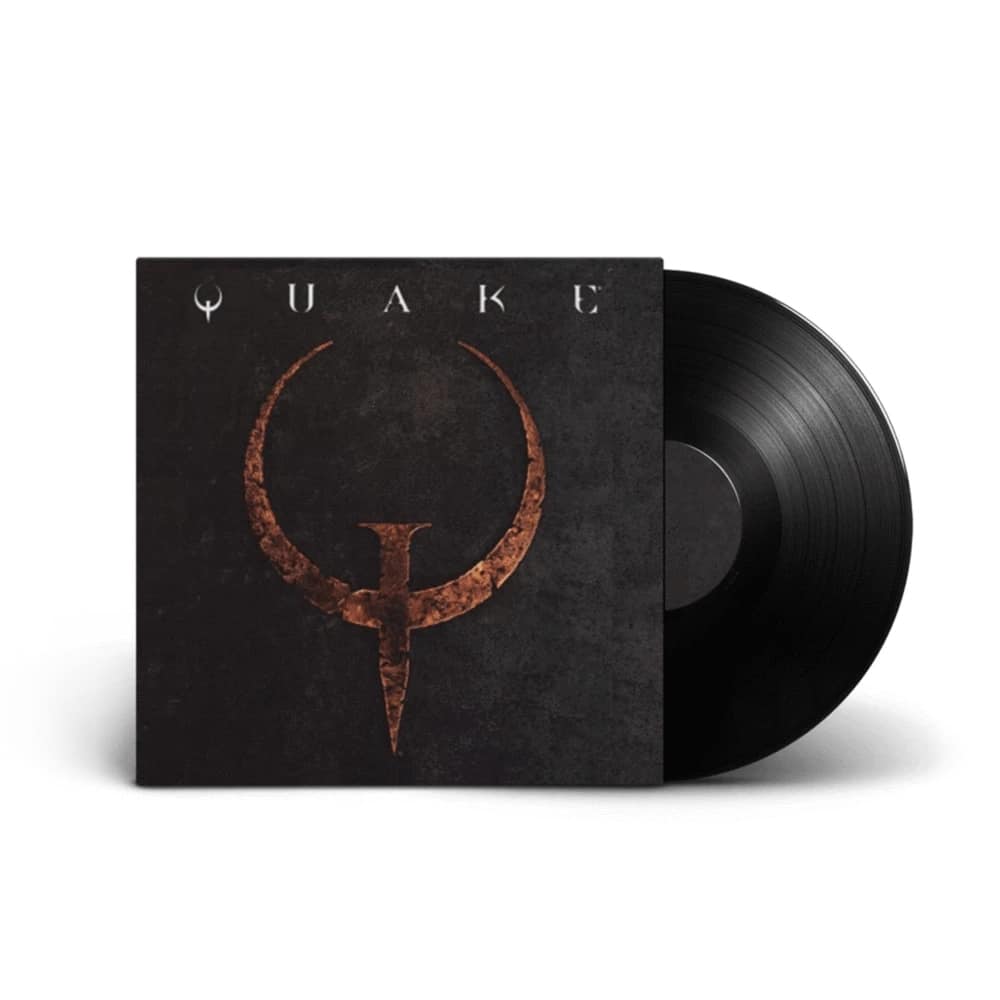
Album covers for 12-inch records created an entirely new art form. These perfect squares, measuring 12×12 inches, provided musicians and artists with a standardized canvas that has produced some of the most iconic images in popular culture.
The dimensions of album covers weren’t arbitrary – they needed to snugly fit the vinyl records they protected. Over time, however, these covers transcended their utilitarian purpose to become legitimate art pieces. The 12×12 format challenged designers to create impactful visuals that could capture a musician’s essence within these constraints.
From The Beatles’ “Sgt. Pepper’s Lonely Hearts Club Band” to Pink Floyd’s “Dark Side of the Moon,” these album covers became cultural touchstones. The square format influenced photography, graphic design, and visual arts well beyond the music industry.
Did you know that the Grammy Awards have a category specifically for “Best Recording Package”? This recognizes the artistic achievement of album cover design, many of which are created in this exact 12×12-inch format.
Subway Sandwiches
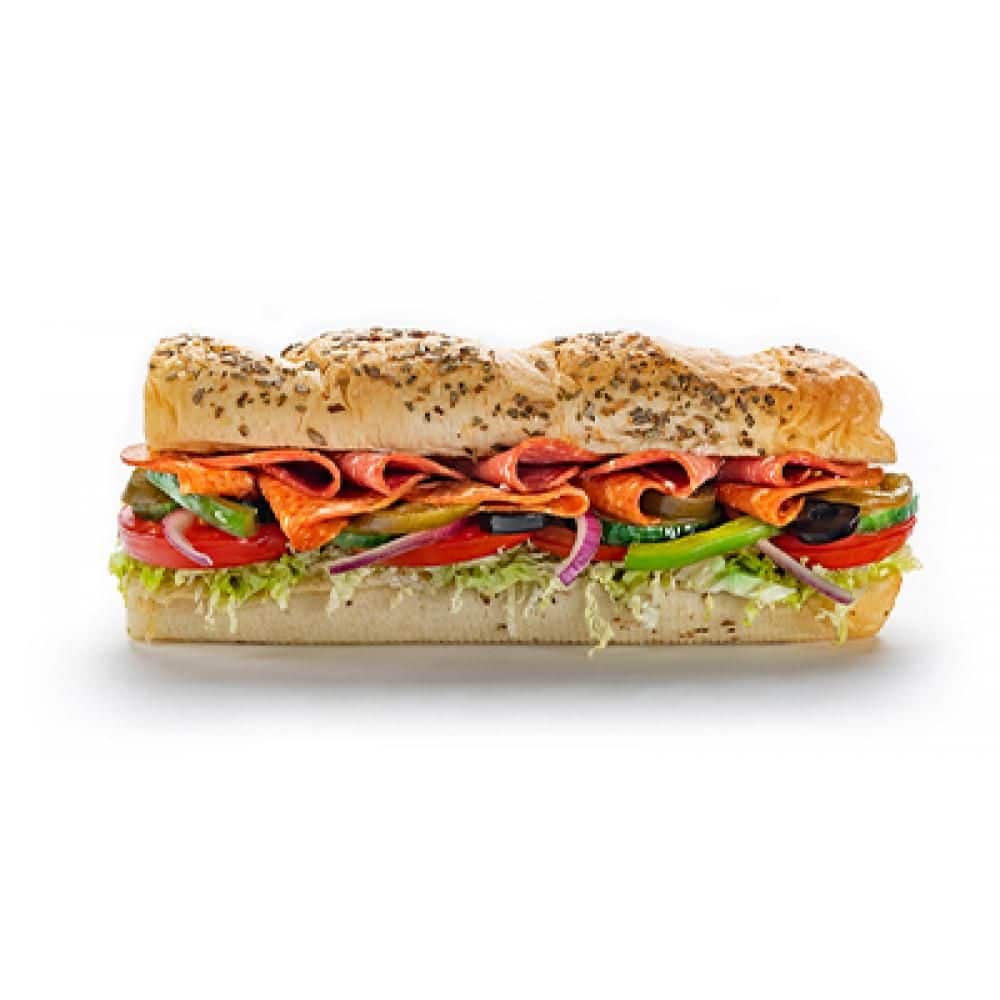
Subway’s “footlong” sandwiches sparked controversy when customers discovered they sometimes fell short of the advertised 12 inches. This led to a class-action lawsuit in 2013, highlighting how literally consumers take this measurement.
The standard footlong sandwich represents a prime example of how the 12-inch measurement has infiltrated food marketing. Rather than using more abstract sizing like “small, medium, large,” Subway opted for a precise, tangible measurement that customers could visualize.
Following the lawsuit, Subway implemented new quality control measures ensuring their bread consistently reaches the full 12 inches after baking. The company now maintains stricter standards for dough preparation and proofing times to achieve consistent length.
Interestingly, Subway’s bread formula is specifically designed to rise to very close to 12 inches during baking. The dough contains precise ratios of yeast and other ingredients calibrated for expansion to this exact measurement.
Professional Dartboards
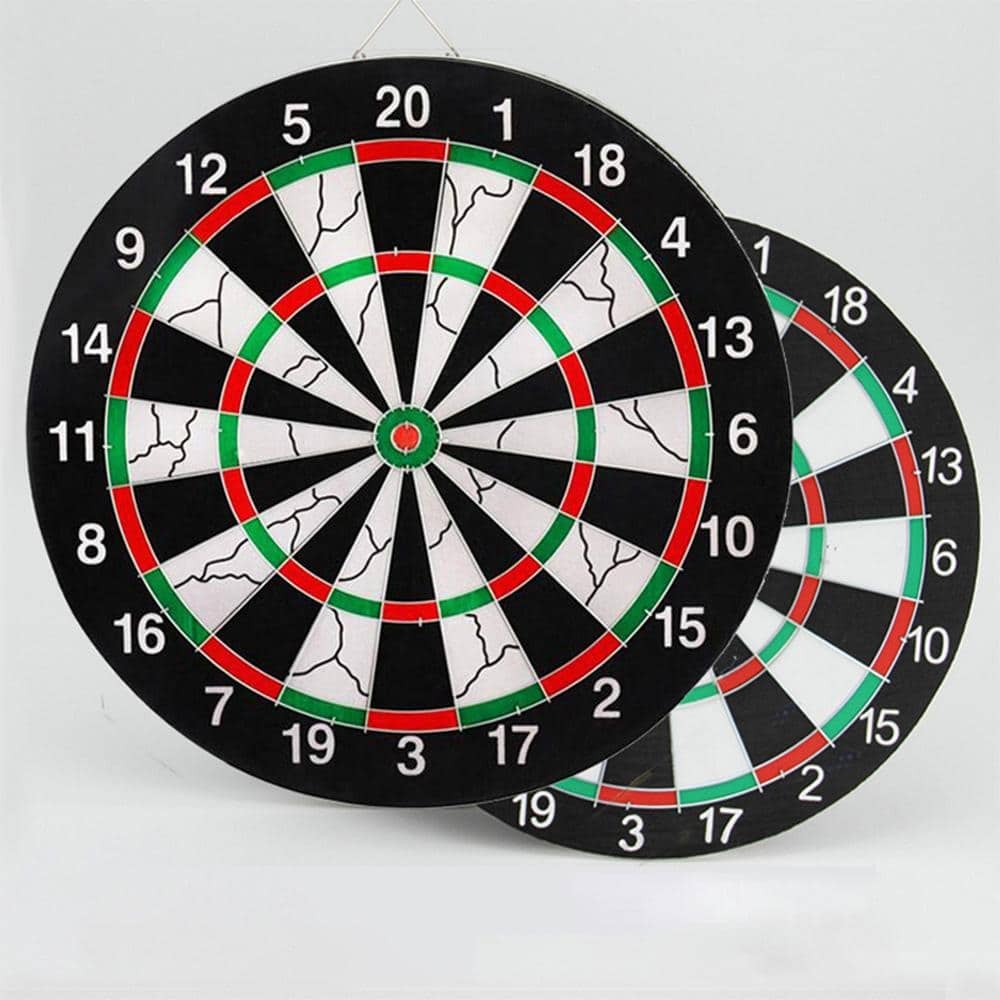
Standard tournament dartboards measure precisely 18 inches in diameter, with the bullseye positioned 12 inches from the floor. This positioning represents centuries of standardization in the sport.
While the board itself exceeds our 12-inch focus, the distance from center to floor provides a perfect example of how this measurement becomes standardized in sporting equipment. Tournament regulations specify this exact height to ensure fair play and consistent difficulty.
The 12-inch height helps maintain the sport’s accessibility across ages and physical abilities. This standardized height emerged through centuries of play, representing the optimal position for most adults to throw accurately while maintaining an appropriate challenge level.
There’s an old pub tale that claims the 12-inch bullseye height corresponded to the average height of a British man’s heart in the 17th century – allegedly making early dartboards symbolic targets. While historically dubious, this story reveals how deeply measurements become embedded in cultural practices.
MacBook Air

Apple’s 12-inch MacBook (2015-2019) represented one of the company’s most ambitious attempts to balance performance and portability. Though discontinued, this laptop’s dimensions influenced an entire generation of ultraportable computers.
When introduced, the 12-inch screen size was deliberately chosen as the minimum viable display for professional work while maintaining extreme portability. The edge-to-edge design maximized screen real estate within the smallest possible footprint.
Apple’s engineers faced significant challenges fitting components into this compact form. The 12-inch constraint drove innovations including a butterfly keyboard mechanism, fanless cooling design, and miniaturized logic board – features that later appeared in other Apple products.
In a remarkable feat of engineering, Apple reduced the thickness of the 12-inch MacBook to just 13.1mm at its thickest point – about the height of stacking 10 credit cards. This required completely rethinking internal component layout within the strict 12-inch width limitation.
Architectural Scale Rulers

Architects and designers rely on specialized 12-inch triangular rulers with multiple scales printed on each face. These tools enable professionals to translate between real-world and drawing dimensions with precision.
Unlike standard rulers, architectural scale rulers feature multiple measurement systems, each proportionally representing real-world distances. The standard 12-inch length provides enough distance to create useful scales while remaining portable.
These rulers typically include common scales like 1/4″=1′, 1/8″=1′, and 1″=1′ – allowing architects to work on drawings that accurately represent buildings while fitting on manageable paper sizes. Without this standardization, architectural drawings would be unwieldy or imprecise.
The triangular shape of these 12-inch rulers isn’t just for stability – it maximizes the available scales by providing three surfaces instead of one. Some high-end models feature up to 12 different scales on a single 12-inch tool.
Standard Tiles
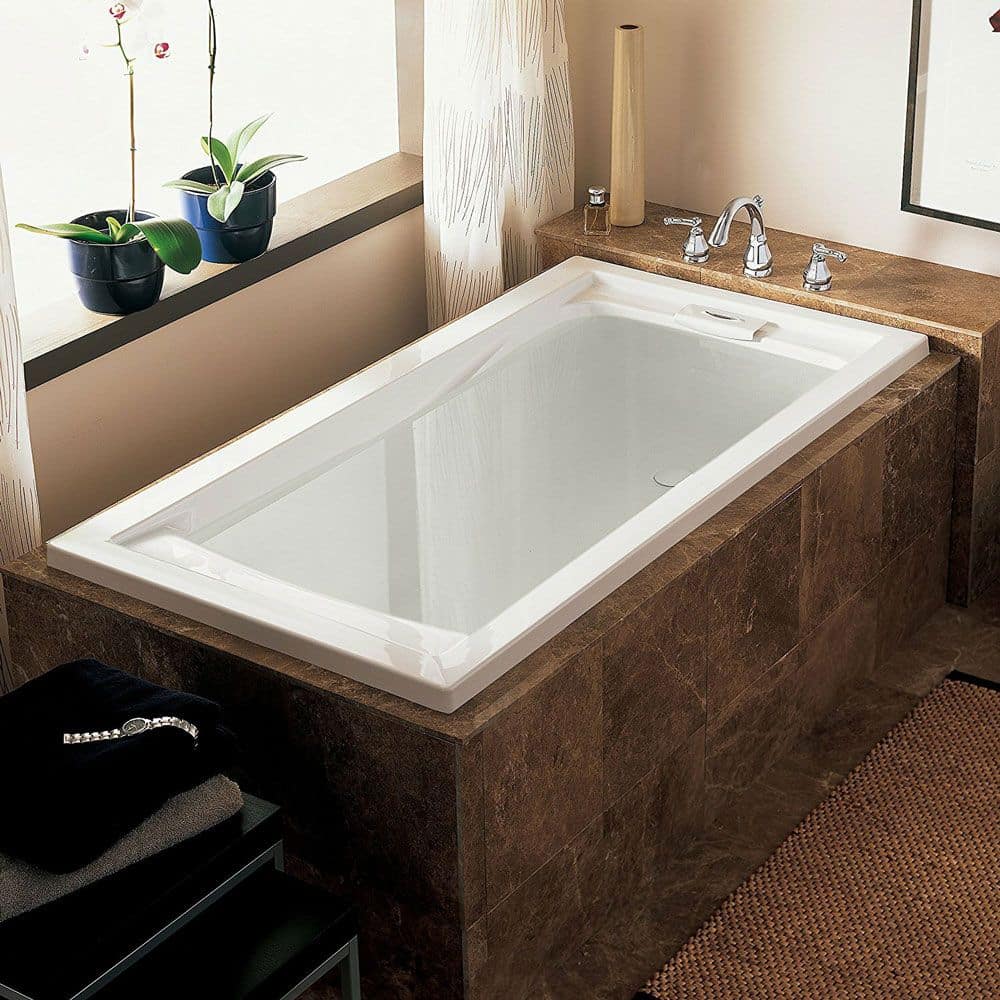
Walk into any home improvement store, and you’ll find 12×12-inch floor tiles dominating the selection. This size has become the residential standard for good reasons beyond simple measurement convenience.
The 12×12 dimension strikes a perfect balance between coverage area and manageability. Larger tiles cover more area quickly but become unwieldy and prone to cracking; smaller tiles provide more design flexibility but require more installation time and grout.
This size emerged as a standard because it efficiently divides rooms with minimal cutting and waste. Most residential rooms have dimensions that work well with 12-inch increments, making layout planning simpler for DIYers.
Installation professionals know that 12-inch tiles hit the sweet spot for weight and handling. They can be carried in substantial quantities without excessive strain, yet cover enough area to make progress visible quickly – a psychological boost for both installers and homeowners watching the transformation.
Read more: Things that Are 40 Feet Long/Tall – Sizes of Common Objects and Stuff
Wooden Craft Boards

Craft stores typically stock 12-inch square wooden boards as standard canvases for hobbyists and artists. These versatile platforms serve as foundations for countless creative projects.
The 12×12 dimension has become standard because it accommodates most crafting needs while remaining manageable for cutting, painting, and display. The square shape provides maximum versatility for different orientations and designs.
Manufacturers have standardized on this size because it minimizes waste from standard lumber dimensions. Most boards are cut from 4-foot sections, yielding exactly four 12-inch squares – an efficiency that helps keep costs reasonable for consumers.
The crafting community has embraced these dimensions so thoroughly that entire storage systems, display cases, and shipping containers are designed around the 12×12 format, creating an ecosystem of complementary products.
Practical Applications: Visualizing 12 Inches
Measuring Without Tools
When you find yourself without a ruler, knowing what objects measure 12 inches can be incredibly useful. Here are some reliable ways to estimate a foot:
- Dollar bills: Line up five dollar bills end-to-end. Since each bill is 6.14 inches long, five bills stretch slightly beyond 12 inches.
- Credit cards: Place three standard credit cards end-to-end, then add about half a card more. Each card is approximately 3.37 inches, making this a surprisingly accurate method.
- Your forearm: For many adults, the distance from the elbow crease to the wrist measures very close to 12 inches.
- Hand spans: Most adults can stretch their hand from thumb tip to pinky tip about 8-9 inches. Add half that distance again, and you’re very close to 12 inches.
DIY Projects and Home Improvement
Understanding the 12-inch standard proves invaluable when tackling home projects:
When installing wall shelves, standard studs are typically placed 16 inches apart (center to center), with 12 inches sometimes used in older construction. Knowing this helps locate secure mounting points.
For kitchen design, 12 inches represents the standard depth for upper cabinets, while base cabinets typically reach 24 inches (two feet) deep. This 12-inch difference creates the counter overhang and toe kick space.
Flooring projects often use 12-inch tiles or planks as reference units. Measuring rooms in 12-inch increments helps estimate materials and plan layouts that minimize cutting.
Gardening enthusiasts should remember that many plants require at least 12 inches of soil depth for proper root development – making this measurement crucial when designing raised beds or selecting containers.
The Cultural Significance of 12 Inches
The foot measurement extends beyond physical objects into cultural expressions. We describe someone as “putting their best foot forward” or “getting off on the right foot.” The measurement has been immortalized in expressions like “twelve inches of perfect” and “missing by a foot.”
In music, the 12-inch single transformed the industry, providing extended play versions with superior sound quality compared to 7-inch records. This format became especially important in disco and early hip-hop, where DJs needed longer tracks for dance floors.
Architecture and design have embraced the foot as a fundamental unit. The ancient Vitruvian principles established mathematical relationships between human proportions and architectural elements, with the foot serving as a core measurement. Even today, architects often think in terms of feet before converting to metric for technical drawings.
Conclusion
From the rulers in our drawers to the pizza we ordered for dinner, the 12-inch measurement quietly shapes countless aspects of our daily experience. This standardized length provides a reference point that bridges the gap between abstract numbers and tangible reality.
By recognizing objects that measure approximately 12 inches, we gain a practical understanding of spatial relationships that serves us well in shopping, decorating, crafting, and countless other activities.
We can estimate dimensions without tools, visualize descriptions in books or online listings, and make more informed decisions about our physical environment.
Take a moment to look around your home – how many 12-inch objects can you spot? From tiles to tablet screens, album covers to artworks, this measurement has likely influenced your surroundings more than you realized. The humble foot, 12 simple inches, continues to leave an outsized footprint on our world.
Read more knowledgeable blogs on Measure Take.


